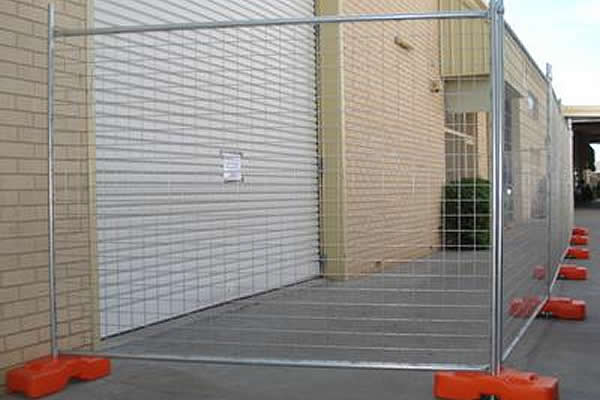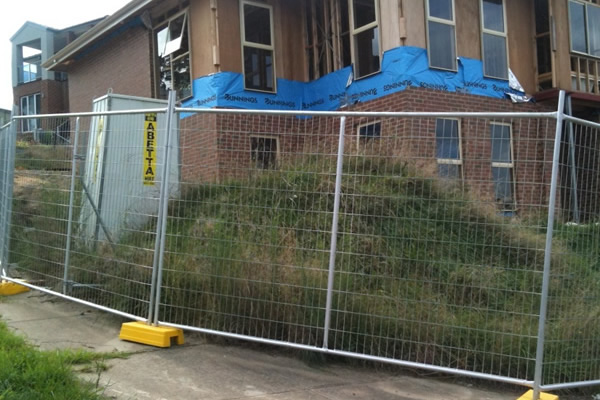In the ever-evolving world of landscape architecture and engineering, gabion boxes have emerged as a versatile and sustainable solution that stands out in both form and function. Defined as wire mesh containers filled with stone or other hard materials, gabion boxes offer an effective answer to erosion control, flood defense, and aesthetic landscaping needs. While their traditional roots date back to centuries where they were used in military fortifications, today's gabion boxes are at the forefront of environmentally friendly construction practices.

The primary reason for the rise in popularity of gabion boxes is their eco-friendliness. These structures integrate seamlessly with natural landscapes. Unlike concrete walls, gabion systems are permeable, allowing water to pass through—this reduces the risk of wave impact and waterlogging. As a result, areas that suffer from heavy rainfall or proximity to water bodies, such as riverbanks or coastlines, benefit significantly from gabion installations by reducing erosive forces.
Moreover, gabion boxes offer unparalleled durability and low maintenance requirements. Constructed from galvanized steel wire,
they resist corrosion and weathering over time. The structure's longevity ensures that they remain effective for decades, even in harsh environmental conditions. When filled with locally sourced stones, gabions not only cut down transportation costs but also integrate perfectly with the surrounding terrain, providing an organic aesthetic that artificial solutions often lack.

From an engineering perspective, the flexibility of gabion boxes serves as a crucial advantage. They can conform to ground movements and settlement without losing their structural integrity, an essential feature in areas prone to seismic activities or unstable soil conditions. This adaptability can reduce the overall cost of construction and reinforcement, making them an economically favourable choice for large-scale projects.
gabion box
A notable example of gabion utilization can be found in recent projects across Europe, where they are increasingly used to create stunning and sustainable urban landscapes. These structures offer more than just erosion control; they serve as retaining walls, decorative facades, and partitions in public spaces. The aesthetics of interlocking stones within a wire framework create both a natural feel and modern appeal that architects and city planners leverage to enhance the visual draw of parks and urban centers.
Confidence in gabion boxes also stems from their validated performance across diverse contexts. In Southeast Asia, for instance, they have proven essential in containing river banks and preventing landslides during monsoon seasons, thus saving lives and property. Independent field studies underline that gabion systems significantly decrease soil erosion compared to traditional methods, cementing their position as a reliable engineering solution.
For homeowners or businesses considering a sustainable landscaping feature, gabion boxes can provide an effortless blend of function and creativity. They can be customized in various shapes and sizes to fit specific needs, from garden terraces to outdoor seating areas. The stone fill can be selected for color and size to reflect personal or brand aesthetics, creating an inviting and unique exterior environment.
In conclusion, the gabion box stands as a testament to sustainable ingenuity in construction. Its adaptability, ecological integration, and proven efficacy highlight why it should be on every engineer’s and landscaper’s radar. As urban development trends continue to gravitate towards greener and more resilient methods, gabion boxes offer a compelling mix of practicality and eco-friendliness—perfectly tailored for the challenges and needs of modern infrastructure.
 TEL:
+86-13102802206
TEL:
+86-13102802206
 Email:
fencenetting@china.com
Email:
fencenetting@china.com
 Language
Language
 TEL:
+86-13102802206
TEL:
+86-13102802206
 Email:
fencenetting@china.com
Email:
fencenetting@china.com
 Language
Language



